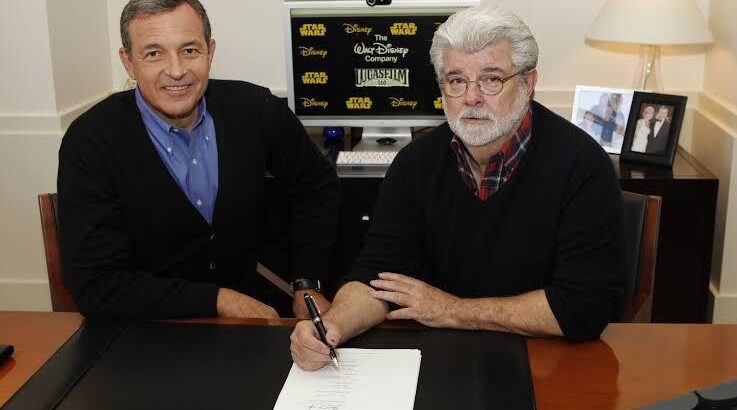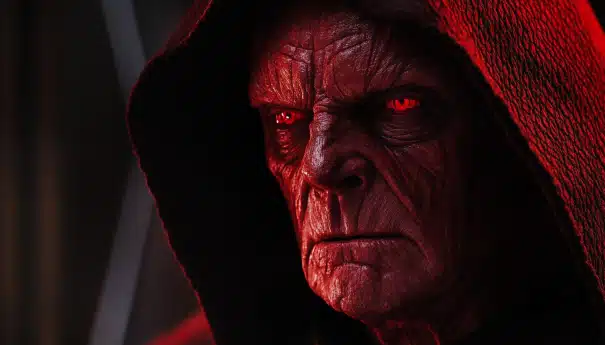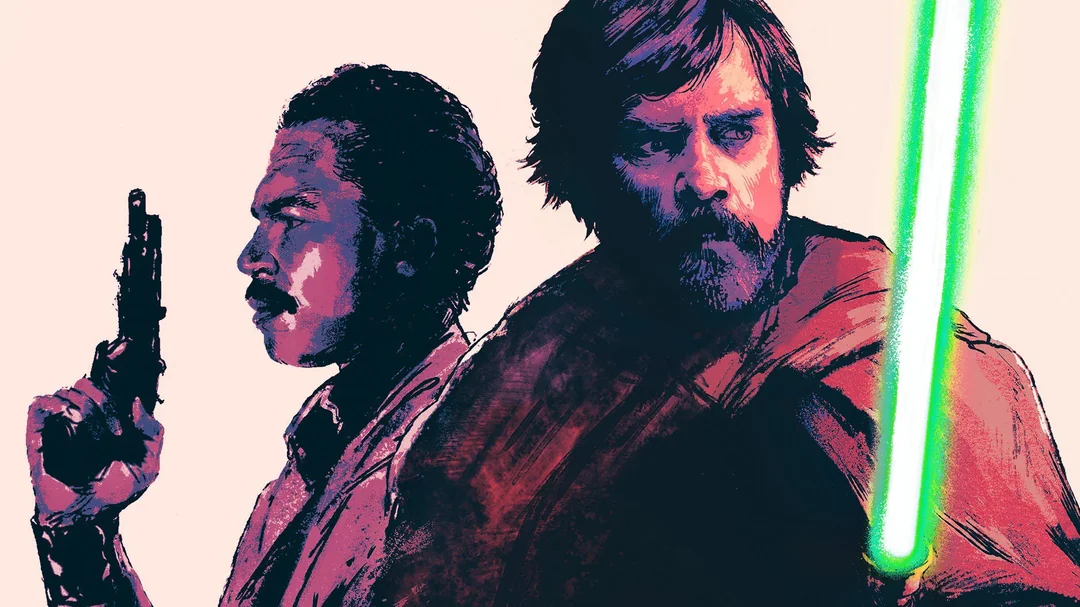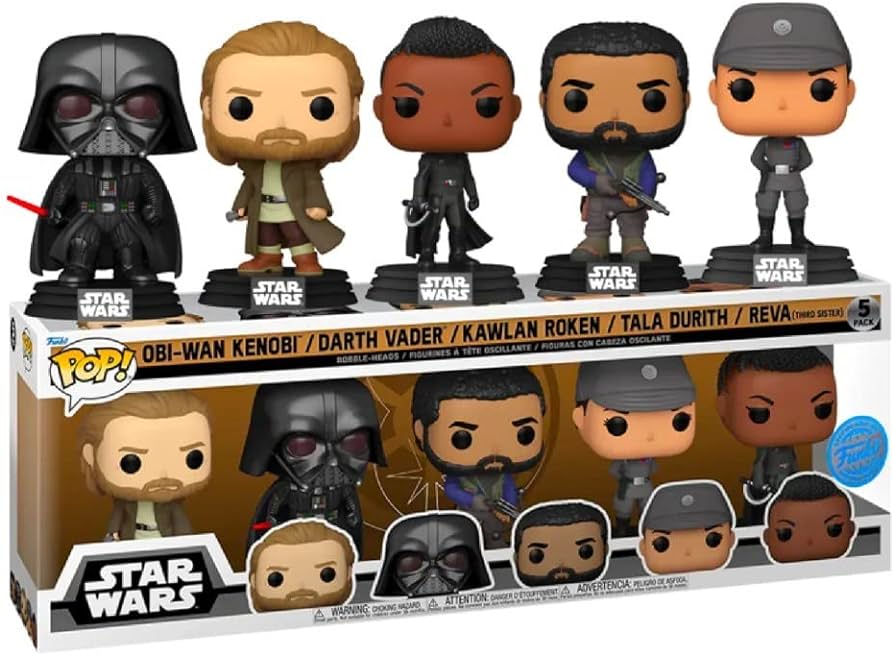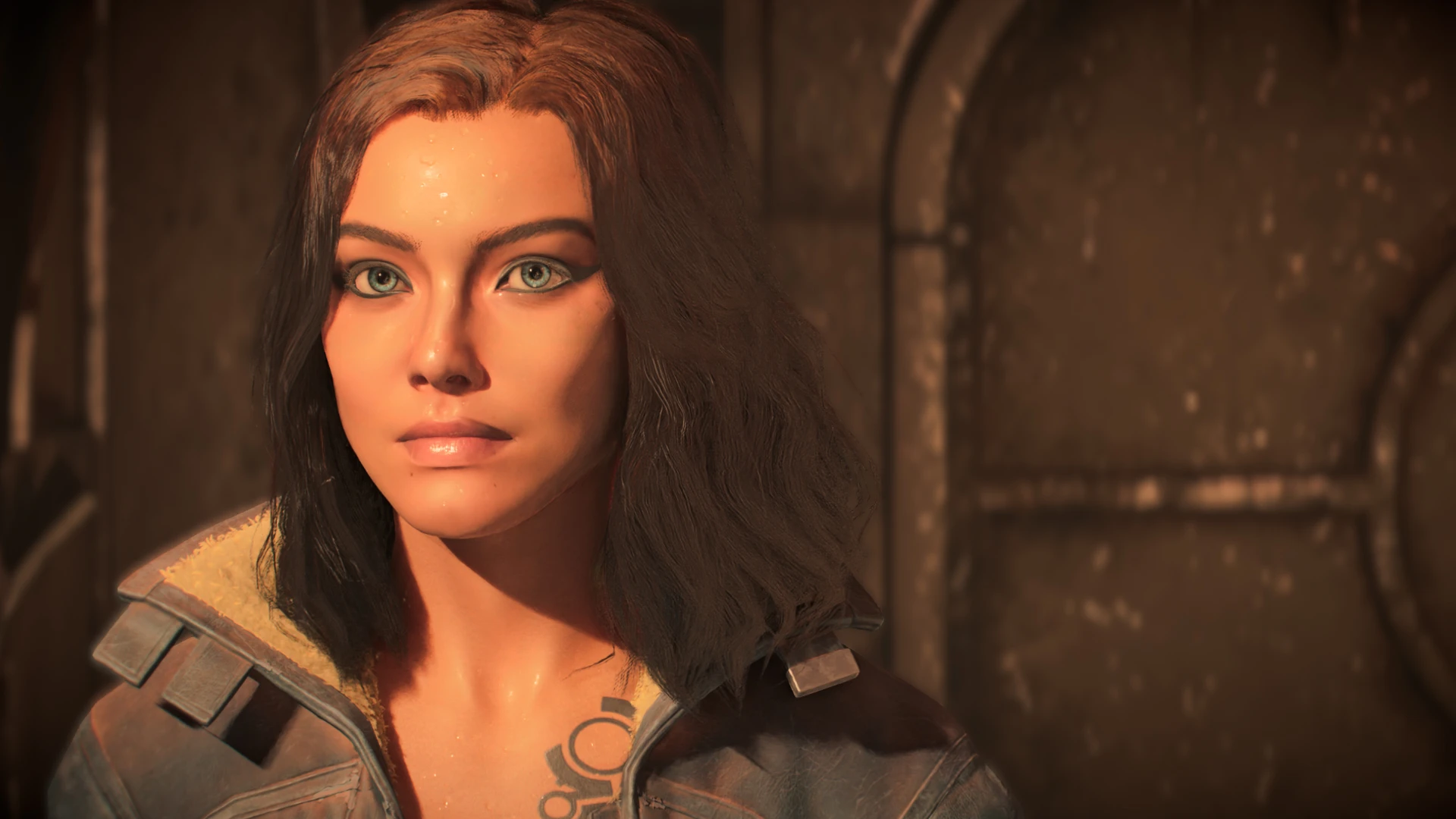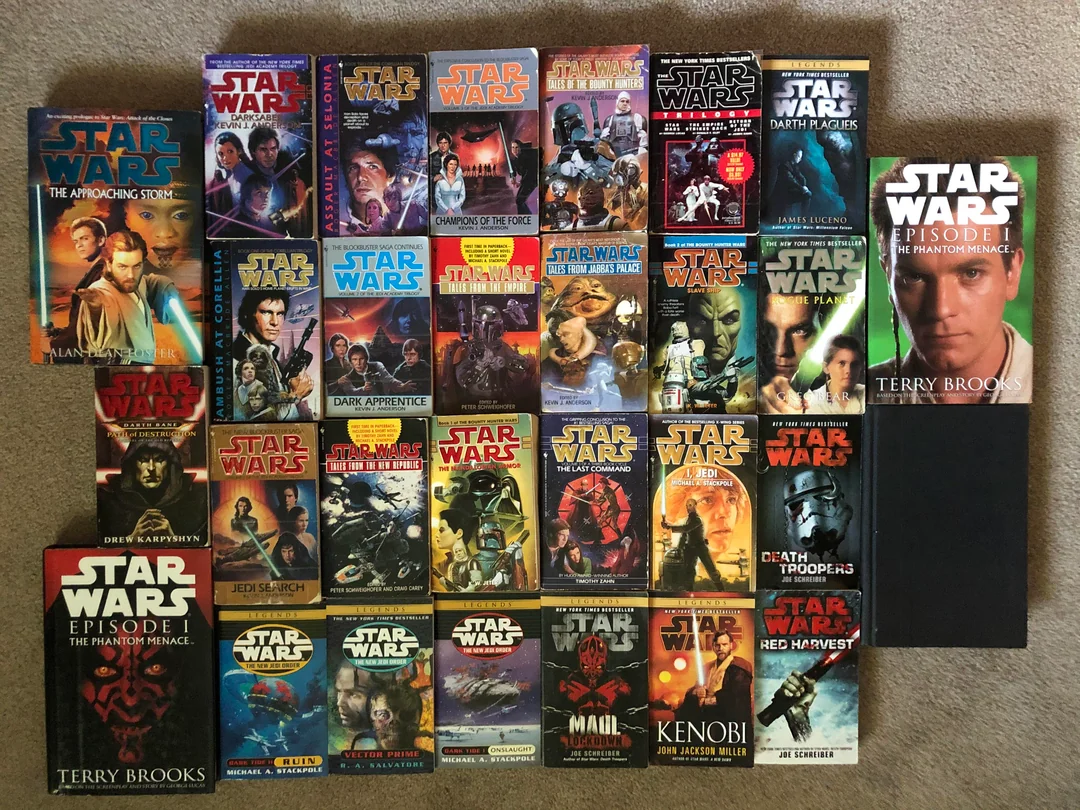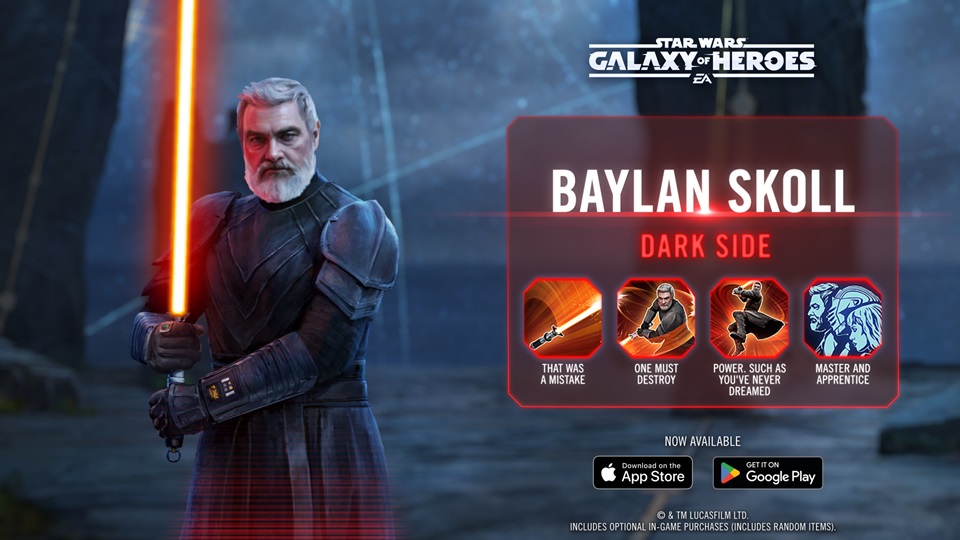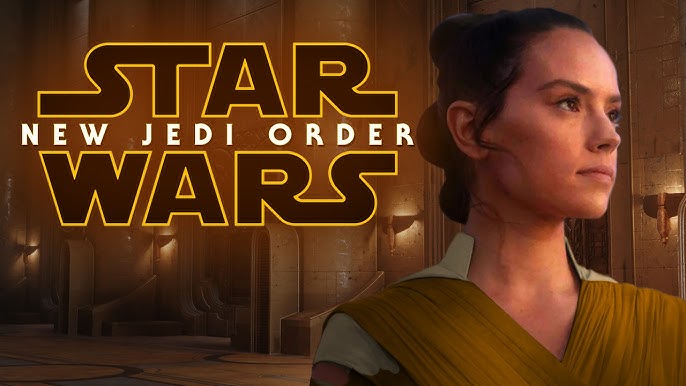In the galaxy of blockbuster deals, few are as legendary as Disney’s acquisition of Lucasfilm, and by extension, Star Wars. Twelve years ago today, George Lucas handed over his empire—lightsabers, Sith Lords, Ewoks, and all—to the Mouse House for a staggering $4.05 billion. It was the end of an era and the beginning of a… new one, to say the least. Since then, fans have been on a ride that’s seen both a rise of new hope and the inevitable revenge of the critiques. So, let’s hop in our Millennium Falcon of memory and take a hyper-speed journey through what that $4.05 billion brought into our universe. Ready? Punch it!
The Deal That Shook the Galaxy (And Hollywood)
On October 30, 2012, news hit the internet faster than Han Solo could make the Kessel Run: Disney had bought Lucasfilm. The deal included everything from the beloved Star Wars franchise to Indiana Jones and ILM (Industrial Light & Magic). Disney CEO Bob Iger was clearly ready to expand Disney’s empire beyond princesses and Pixar, setting his eyes on one of the most influential film series in history.
It was a big move for Disney, but also a calculated one. Marvel was already thriving under Disney’s wing, so adding Lucasfilm seemed like the next logical step to corner the market on high-adrenaline, highly profitable storytelling. And who could resist the prospect of the Star Wars cash cow, waiting to be milked?
George Lucas’ Decision: Jedi Wisdom or Sith Lord Trickery?
Some fans were floored that George Lucas, the creator of it all, was ready to hand over his life’s work. Was it an act of Jedi wisdom, recognizing that Star Wars needed new blood to continue? Or was it a Sith-level trick, where Lucas pulled a fast one on Disney, walking away with billions and leaving a massive creative challenge in his wake?
Lucas explained his reasoning as a desire to focus on smaller projects, feeling that Star Wars had become “too big” for him. But he didn’t just walk away; he left behind some ideas for a sequel trilogy, which Disney… politely shelved. Fans are still split on whether Lucas’ own vision for sequels would’ve been better or worse than what we got, but let’s be real—once Disney had control, they had control. Lucas was ready to be a Force ghost, watching from afar.
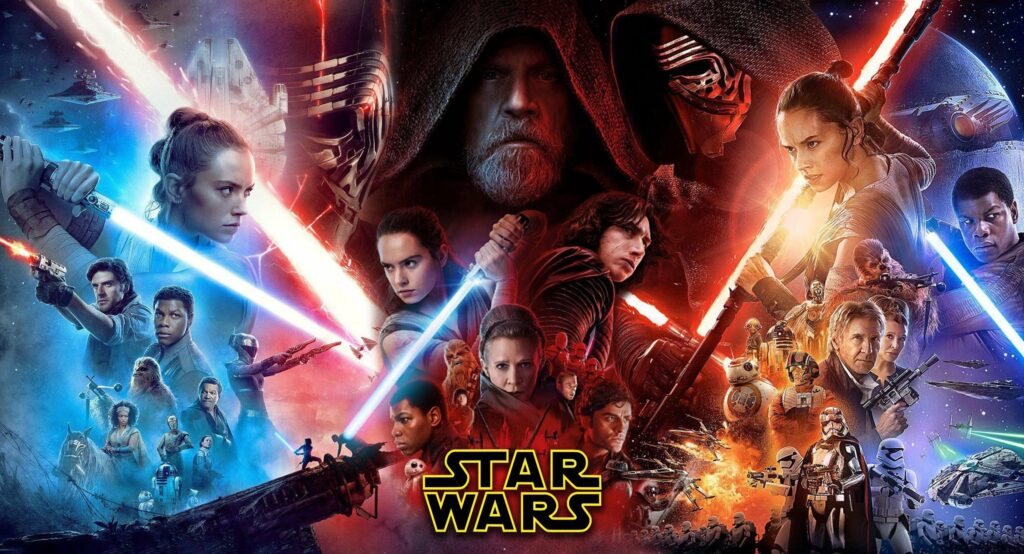
The Sequel Trilogy: A Rollercoaster of Reactions
Episode VII: The Force Awakens (2015)
Three years after the acquisition, The Force Awakens hit theaters, and fans flocked like Jawas to a droid sale. J.J. Abrams directed the return to that galaxy far, far away with a fresh cast and some legendary characters, and for the most part, fans were thrilled. The movie was essentially a big, warm nostalgia blanket—so much so that some felt it was almost too familiar, echoing A New Hope just a bit too closely.
However, with over $2 billion in worldwide box office and generally positive fan reactions, Disney’s decision seemed like a roaring success. If the goal was to reignite interest in Star Wars, then mission accomplished. But as every Jedi knows, maintaining balance is harder than achieving victory, and the sequels would soon face challenges that even the Death Star couldn’t withstand.
Episode VIII: The Last Jedi (2017)
Ah, The Last Jedi—perhaps the most divisive Star Wars film of all time. Directed by Rian Johnson, it took the series in unexpected directions, challenging the franchise’s core themes and pushing characters like Luke Skywalker to new and controversial places. Some fans loved the bold take, while others… well, let’s just say Twitter became a battleground fiercer than the Clone Wars.
The debate over The Last Jedi was not just about what Star Wars should be, but also about who got to decide that. Disney had put its stamp on the franchise, clearly moving it away from Lucas’ vision. Fans were divided, but one thing was for sure: Star Wars under Disney was willing to take risks, even if it meant facing the wrath of the fanbase.
Episode IX: The Rise of Skywalker (2019)
After The Last Jedi ruffled feathers, J.J. Abrams returned to the director’s chair for The Rise of Skywalker, hoping to bring the trilogy to a satisfying close. The result was… mixed. Critics and fans alike seemed to agree that it was an attempt to course-correct while still delivering a grand finale. There were plot twists, surprise returns (Palpatine, anyone?), and a sprint to wrap up the series.
Though financially successful, The Rise of Skywalker didn’t quite hit the cultural resonance Disney might have hoped for. The Sequel Trilogy ended with a blend of excitement, frustration, and, let’s be honest, some fan exhaustion. The Skywalker Saga had ended, but Star Wars would continue. Because, in Disney’s hands, Star Wars was more than a trilogy—it was a universe waiting to be endlessly expanded.
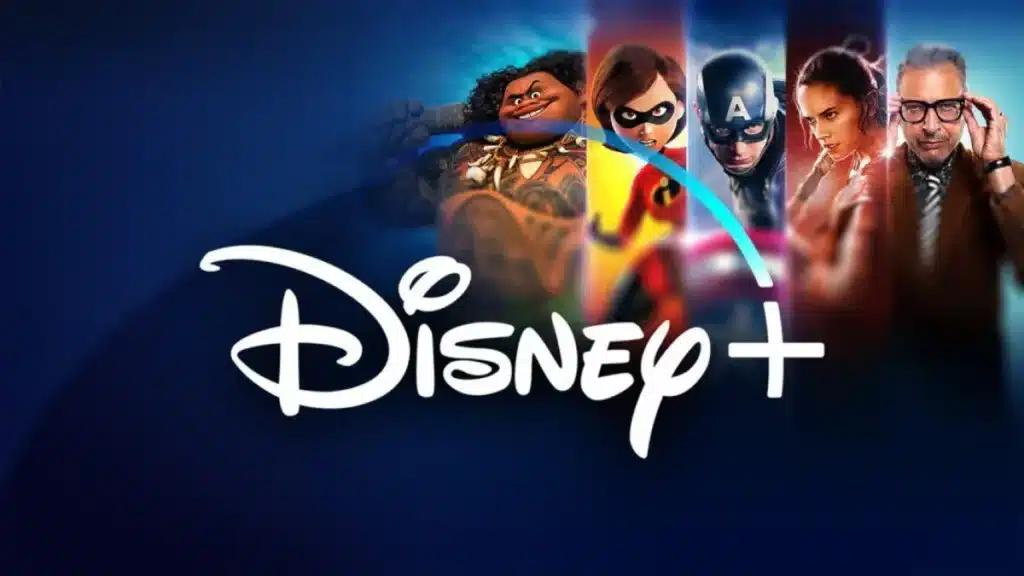
The Streaming Frontier: A New Hope for Star Wars?
If Disney had one ace up its sleeve that George Lucas never did, it was Disney+. The launch of the streaming service opened up new possibilities for the franchise, moving beyond the big screen and into serialized storytelling. And with that, came The Mandalorian in 2019.
The Mandalorian (2019–Present)
Directed by Jon Favreau and featuring the cutest thing since Ewoks (hello, Baby Yoda!), The Mandalorian became a sensation. It captured the rough-and-tumble feel of the original trilogy while bringing a fresh, gritty angle to the galaxy. Fans loved it, and it was clear Disney had found the secret sauce for a Star Wars show that resonated with new and old fans alike.
With the success of The Mandalorian, Disney set the stage for even more series, including The Book of Boba Fett, Obi-Wan Kenobi, Ahsoka, and the animated series The Bad Batch. Fans seemed ready to embrace Star Wars in this new format, with Disney doubling down on storytelling across different eras of the Star Wars timeline.
Financial Success vs. Fan Satisfaction: The Eternal Struggle
Financially, Disney’s acquisition of Lucasfilm has been nothing short of a gold mine. From box office earnings to merchandise, theme parks, and, of course, streaming, Disney has seen returns on that $4.05 billion investment in spades. However, fan satisfaction has been a bit more complicated.
Disney has certainly brought Star Wars to a new generation, making it one of the most visible and accessible franchises worldwide. However, the intense fandom scrutiny, particularly regarding the Sequel Trilogy, has made it clear that Star Wars fans are as passionate as they are divided. Balancing financial success with fan loyalty has been a learning process, with Disney making adjustments along the way.
The Legacy of Disney’s Star Wars: Love It or Hate It?
So, here we are, twelve years after that game-changing sale, and Star Wars is everywhere—from Baby Yoda backpacks to themed lands at Disney parks. Whether Disney’s Star Wars feels like a betrayal or a triumph, one thing is clear: it’s alive, thriving, and continuously evolving.
From cinematic experiments to a robust streaming catalog, Disney has transformed Star Wars into a global multimedia phenomenon, albeit one that sparks constant debate. Whether they’re purists pining for Lucas’ touch or new fans discovering the galaxy through Disney+, Star Wars continues to attract—and sometimes perplex—a massive audience.
Final Thoughts: Looking to the Stars and Beyond
As we celebrate the 12-year anniversary of Disney’s Lucasfilm purchase, the future of Star Wars looks both expansive and unpredictable. With even more projects in development, the possibilities seem endless. And whether fans are ready for the ride or not, Disney’s grip on the galaxy seems secure.
So, as Star Wars keeps growing under Disney, we’re left with one final thought: “May the Force be with us all”—because, love it or hate it, we’re all in this star-studded, intergalactic adventure together.
Stay up-to-date with the latest news, updates, and exclusive content! Click here to follow us on Google News and never miss a story from the galaxy and beyond.


